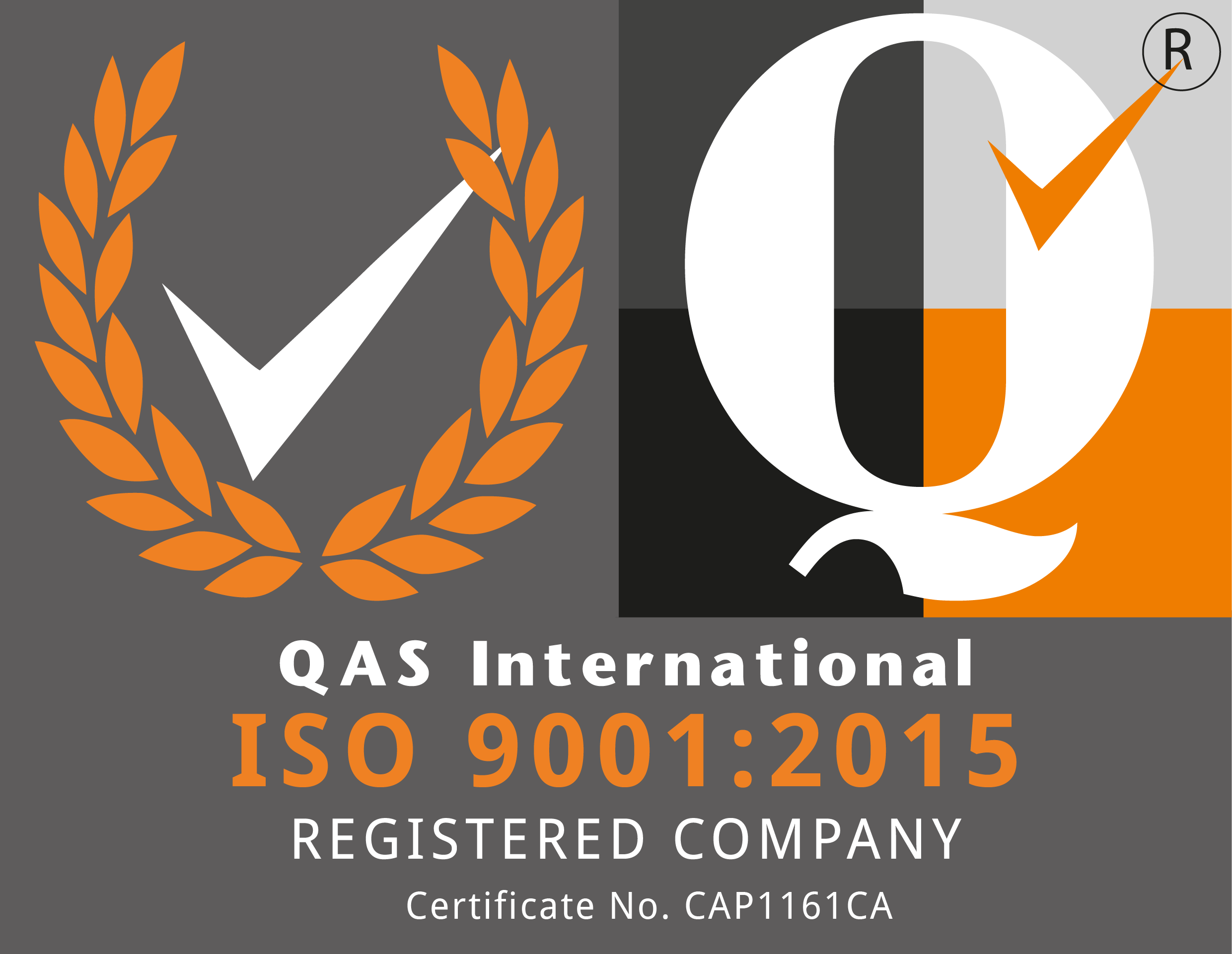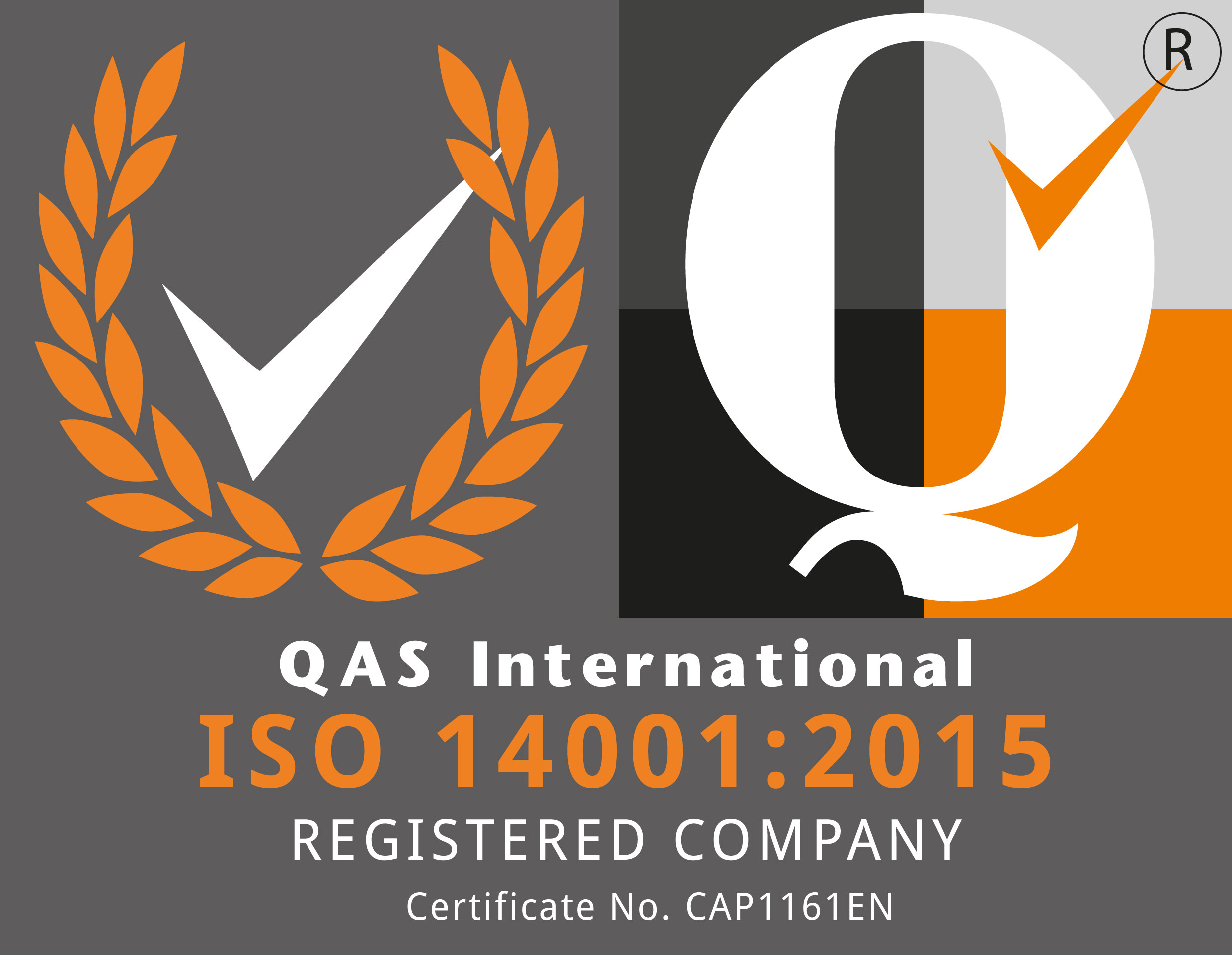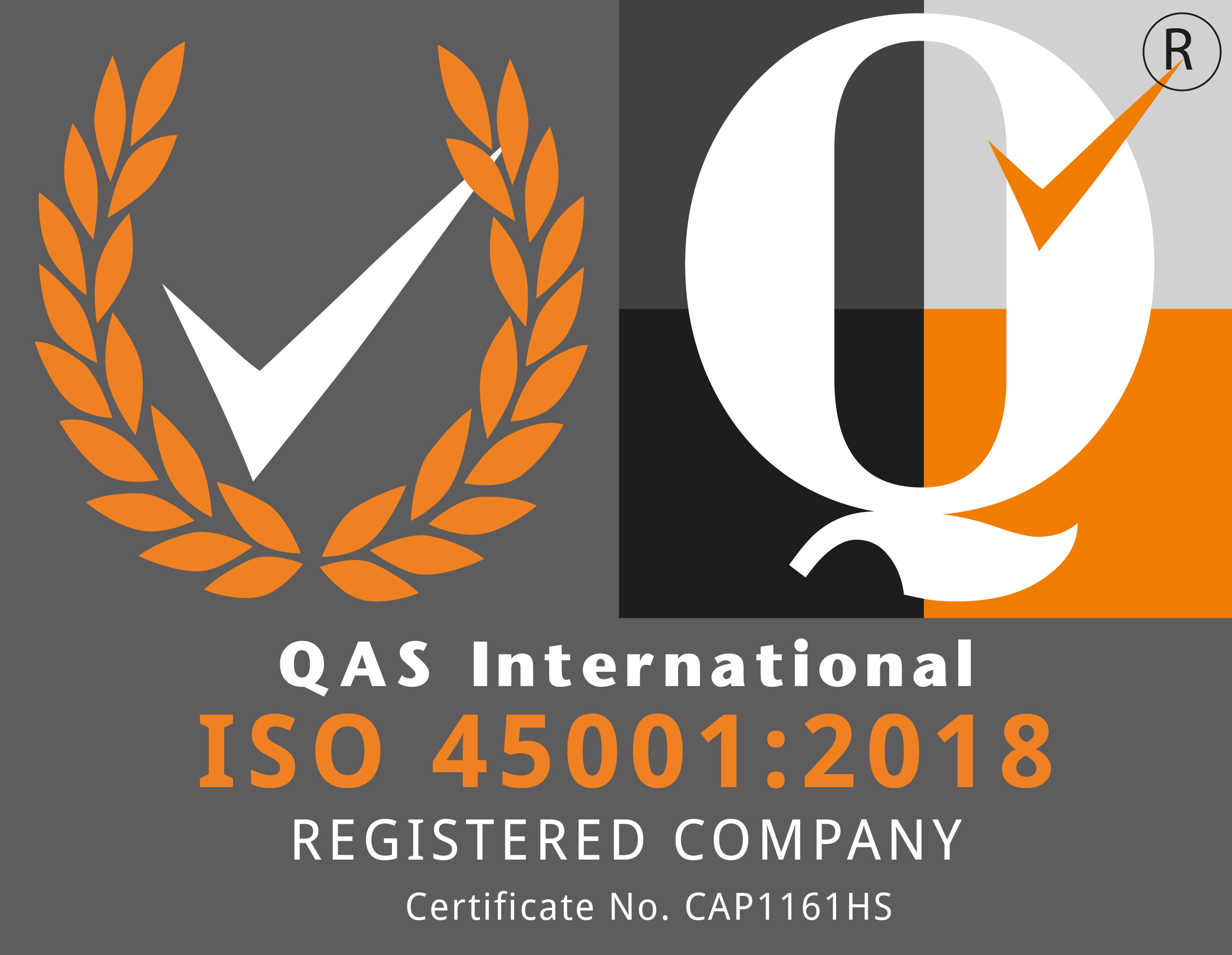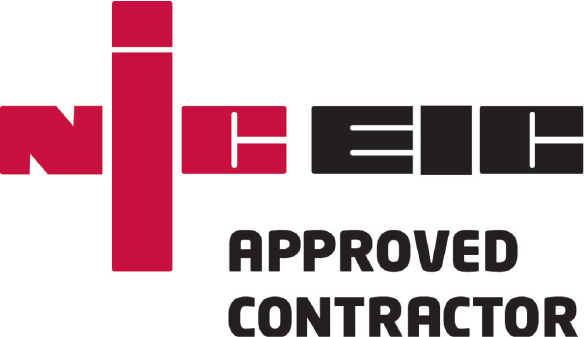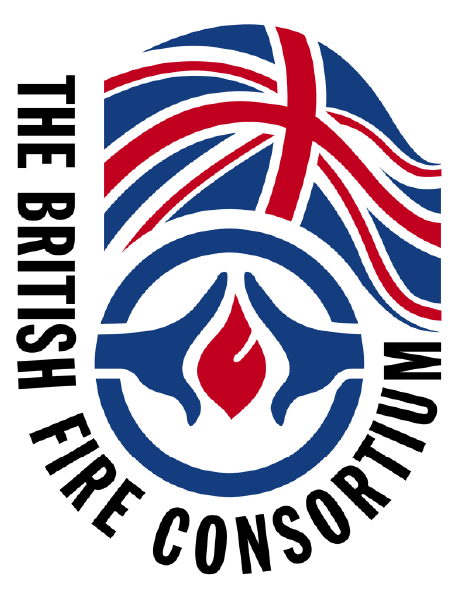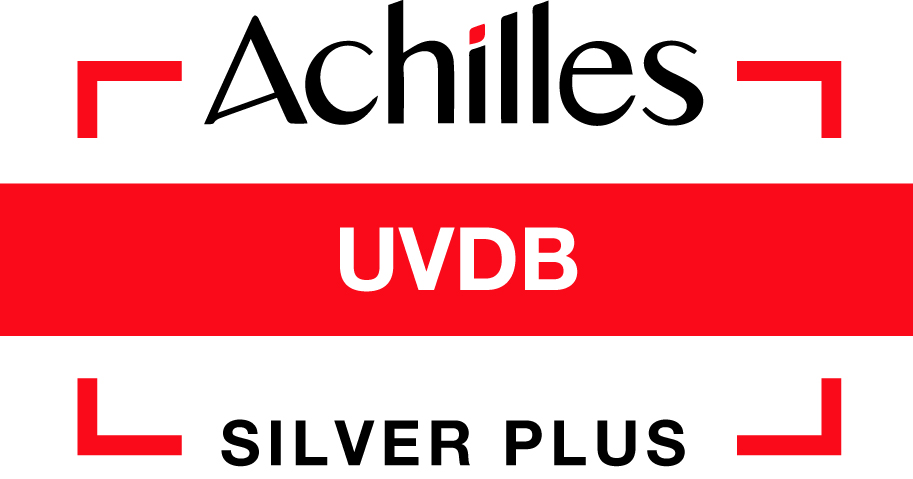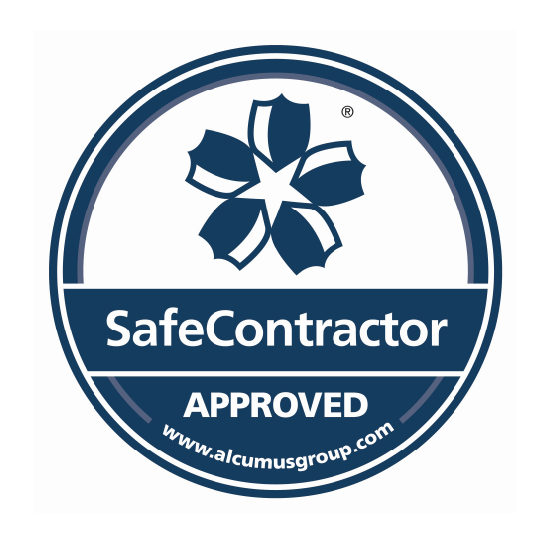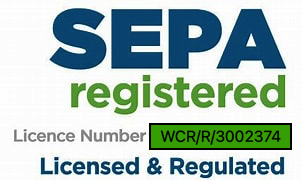Why should you service your fire extinguishers?
Employers must supply their workforce with an adequate means to tackle a fire in the workplace. It’s the law.
By law, employers must provide their staff with adequate means of tackling a fire in the workplace. There is also a legal obligation for a competent person to annually service the fire extinguishers to the current BS standards. Workplaces must also carry out checks, at least monthly, to ensure all fire extinguishers are maintained in working order and in good repair between services.
Each extinguisher must be accompanied by appropriate fire extinguisher wall signage. These signs indicate the type of extinguisher and give instructions about the use of the specific extinguishers.
All extinguishers should, where possible be wall mounted on a suitable bracket or placed on a fire extinguisher stand.
Annual Fire extinguisher maintenance is a legal requirement under Article 17 of the Fire Safety Order. It also ensures compliance with the following regulations:
The Regulatory Reform (Fire Safety) Order 2005 requires that all fire safety equipment be “maintained in an efficient state, in efficient working order and in good repair”. The Fire Precautions (Workplace) Regulations 1997 (as amended in 1999) requires employers to carry out a fire risk assessment of their workspace in order to identify, reduce or eliminate any fire hazards that may be found in the workplace. British Standard Code of Practice BS 5306-3:2009 recommends that all fire extinguishers are serviced at least once a year by qualified technicians. BS 5499-10:2014 also states that if for any reason extinguishers are placed in positions hidden from direct view their position should be indicated by suitable signs.
Monthly internal visual inspections should also be carried out to check for:
- Any sign of tampering, such as missing or broken tamper tags or pins.
- Signs of discharge such as water, powder or foam traces on the hose or horn of the extinguisher.
- Gauges showing low or high pressure.
- Any damage to fire extinguishers such as rust or missing parts etc.
- Any damaged extinguishers must be replaced immediately or repaired by a servicing company.
| Type of extinguisher | Description |
| Water | Good for tackling fires involving burning paper, wood and soft furnishings, as the water soaks into the materials (Class A fires). This type of extinguisher does not leave a residue, but does have a comparatively low rating and are therefore larger and heavier. Water with additive extinguishers has a higher fire rating, which therefore reduces the weight of the extinguisher and removes the risk of self-electrocution. |
| Foam | Suitable for flammable liquids and areas where soft furnishings and carpets are present (Class A and B fires). Foam extinguishers are safe to use with regards to electrical risk. This type of extinguisher usually contains additives which are carcinogenic, making the cleaning process of the premises after the vent of a fire more problematic. |
| C02 (Carbon Dioxide) | Contain only pressurised CO2 gas and leave no residue. This type of extinguisher is suitable for use on fires involving burning liquids (Class B fires), but is also an excellent solution for quenching fires involving computer equipment and other electrical appliances, as it does not cause damage to the electrical items and does not cause the system to short circuit. It is important to remember that when using CO2 extinguishers there is a possibility that once the gas has floated away the fire may reignite if the source of the fire is not removed (eg switching off the power supply). Please be aware that CO2 extinguishers that are not fitted with double-lined swivel horns may cause your fingers to freeze to the horn during the deployment of the CO2 gas. |
| Powder Extinguishers | Also called ABC extinguishers, or dry powder extinguishers are suited to fight class A, B and C fires. Powder extinguishers have a good fire fighting capacity, but this agent does not soak into materials and does not have a cooling effect on the fire. This could result in the fire reigniting, if it is not properly extinguished. Care must be taken when using powder extinguishers and they should not be used in small confined spaces where there is a risk of inhalation of the powder. |
| Wet Chemical | Also called ABC extinguishers, or dry powder extinguishers are suited to fight class A, B and C fires. Powder extinguishers have a good fire fighting capacity, but this agent does not soak into materials and does not have a cooling effect on the fire. This could result in the fire reigniting, if it is not properly extinguished. Care must be taken when using powder extinguishers and they should not be used in small confined spaces where there is a risk of inhalation of the powder. |
There is a minimum call out charge which covers your first 10 fire extinguishers and £5.85 thereafter for each additional extinguisher.
This minimum call out charge can be waived if you employ us for any of our other services, such as PAT Testing, as all work will be able to be carried out at the same time.
Extinguisher costs will vary depending on the type of extinguisher required.

